The Better RoboCop: Peter Keller Or Joel Kinnaman?
Can the new guy land a blow on the classic?
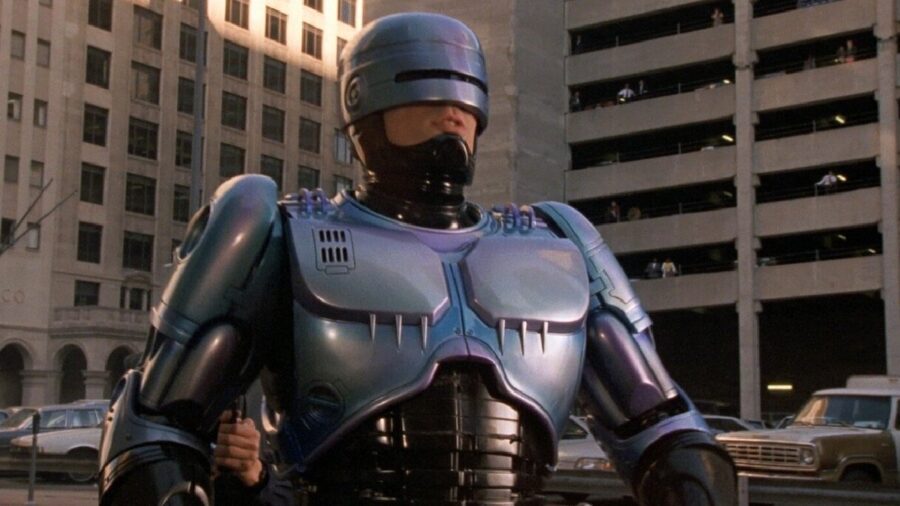
In 1987, Dutch director Paul Verhoeven blew the doors, roofs, and walls off of American theaters with the abundantly violent and excessive RoboCop. This film spawned lacking sequels, live-action and cartoon series, video games, comic books, and more.
Then, more than a decade ago we saw the marginal earnings of José Padilha’s reboot for the vastly more mature audiences of 2014. Asking whether the original or the remake is a better movie may seem ludicrous to some, and they’d be right.
But join us as we stand these RoboCop films, metallic gray back to tactically black back to see which rises higher.
Leading Man: Peter Weller vs. Joel Kinnaman
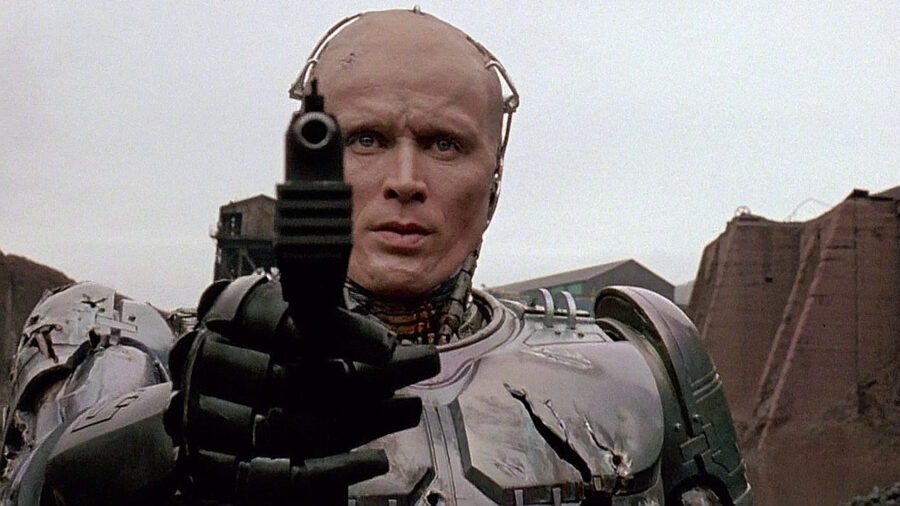
Considering I didn’t see Buckaroo Banzai until years later, RoboCop was my first introduction to Weller, who was still an up-and-coming actor when he first got his limbs blown to pieces.
When we see him as Alex Murphy, he’s a wryly jovial guy who likes getting the job done, but it’s when the visor drops that Weller can get emotional. It sounds backwards, sure, but when his flashbacks first start affecting him inside the police station, his agonizing bottom-half facial expressions are arguably the most emotionally charged bit of acting in either film.
His RoboCop transformation from cyborg back to mentally competent human is memorable, even when his helmet is removed and his human face still retains an eerie robotic blankness.
Kinnaman, meanwhile, has proven himself a reliably serious actor in the series The Killing and in films like The Girl with the Dragon Tattoo. But as Alex Murphy, Kinnaman lacks all charisma, approaching the role much more realistically.
He is (technically) a man who starts out understanding his body is mostly made of mechanical parts, so he spends a lot of the film depressed, stressed, and embarrassed. A nuanced take on the character, sure, but RoboCop is supposed to be a no-bullshit hardass, not a schmo with an inferiority complex.
Winner: Peter Weller
If the RoboCop reboot’s story didn’t fuck with the character arc by forcing Kinnaman to go from cocky cop to damaged goods and then to personality-free RoboCop, he might have taken it, but Weller reigns supreme.
The Suit: Metallic vs. “Tactical” Black
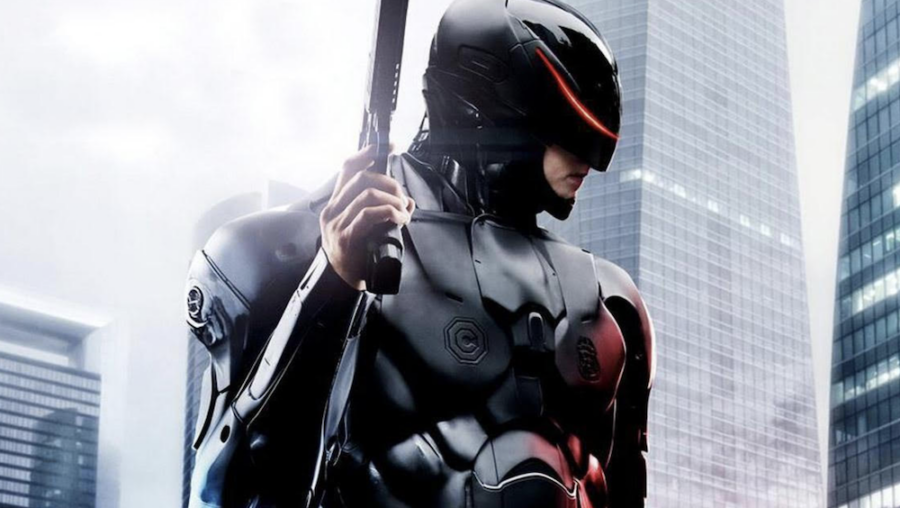
The original RoboCop suit was perfect, down to the thigh gun compartments. This whole post-Batman “turn everything black” stance is old, and it isn’t given any relevance beyond Michael Keaton’s Raymond Sellars wanting it that way. No one expected purple polka dots, but the all-black suit looks like the offspring of the X-Men’s Cyclops and a Kevlar vest.
The Winner: Metallic
However, the new suit got brownie points for the sweet way it can be disassembled.
The Emotional Backstory: Ellen Murphy vs. Clara Murphy
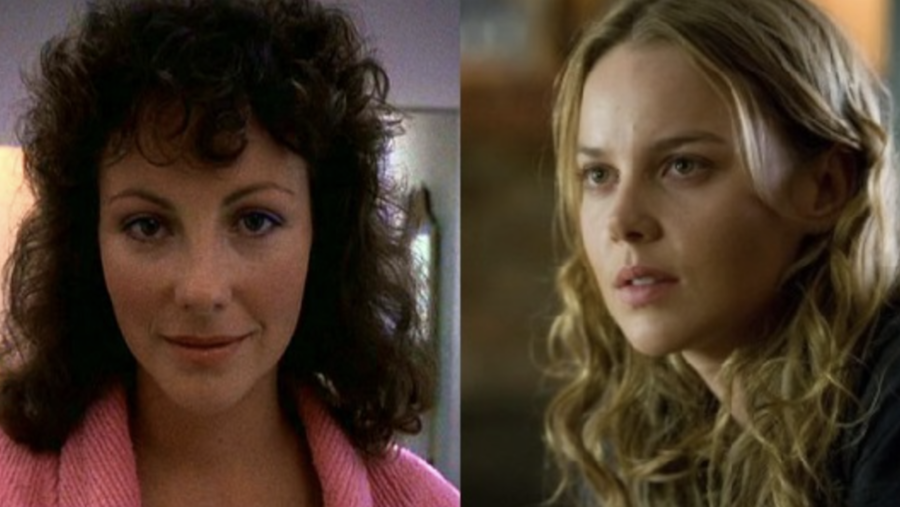
A big launching pad for pre-release arguments, Padilha’s version of Murphy’s RoboCop story keeps his wife and child in the picture, providing what should have been a deeper tunneling into the character’s psyche.
But scenes with Clara Murphy (Abbie Cornish) and son David (John Paul Ruttan) are stereotypically schmaltzy and serve only to prove how uncomfortable Kinnaman can appear on a big screen.
They don’t care that he’s a big hulking freak, so long as he’s still their patriarch, but Murphy is much too interested in his own humanity and attempted murder to give a shit about his kid wanting to watch hockey games.
On the flip side, we barely get to know the original RoboCop‘s Ellen Murphy (Angie Bolling) and Jimmy (Jason Levine), who moved away with the belief that Alex is dead, and we’re all the better for it.
All you need to know about their former life is beautifully instilled in that one scene where he walks around his former home and his memories keep flashing before his eyes. One P.O.V. shot of Ellen saying, “I love you,” is worth a thousand of the reboot’s awkward Skype chats.
The Winner: Ellen Murphy
While the potential was there for something great, the inclusion of Clara and David only made Murphy appear that much more self-concerned and weak. I’d rather have someone else’s baggage rescuing Detroit.
The Partner: Anne Lewis vs. Jack Lewis
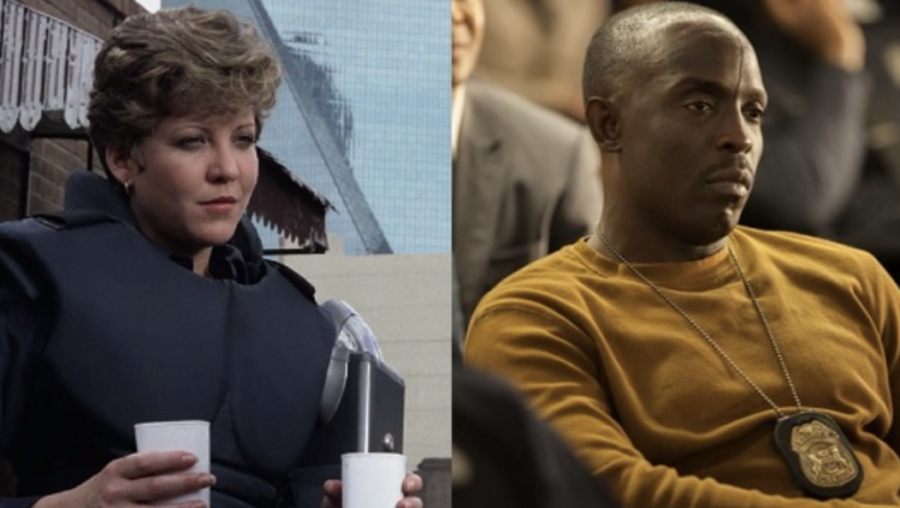
It’s almost insulting to Nancy Allen’s Anne (and, by extension, Michael K. Williams) that this category even exists. In the original RoboCop, Anne isn’t exactly a pillar of thespians in her reactions to seeing her partner get blown to bits or any other part of the movie, but she is still a major player in Murphy’s quest to regain his humanity. She was an ally in a corrupt environment where those were few and far between.
It was outrageously exciting when Williams got the partner role, even as it seemed like a pointless gender switch, but it ended up being a part more fitting for an animal than either a woman or a man.
The padding given to Clara’s character probably took away much of what should have been between the two officers, as Jack is mainly “the person Murphy talks to less than his wife.” They could have teamed up for a truly awesome mini-mission to avenge Murphy’s murder, but the script unfortunately went a different route.
The Winner: Anne Lewis
This should have been the runaway win for the reboot. Alas, Jack Lewis is a cop that Williams’ The Wire character Omar would have no trouble putting down.
The Bad Guy: Clarence Boddicker vs. Raymond Sellars
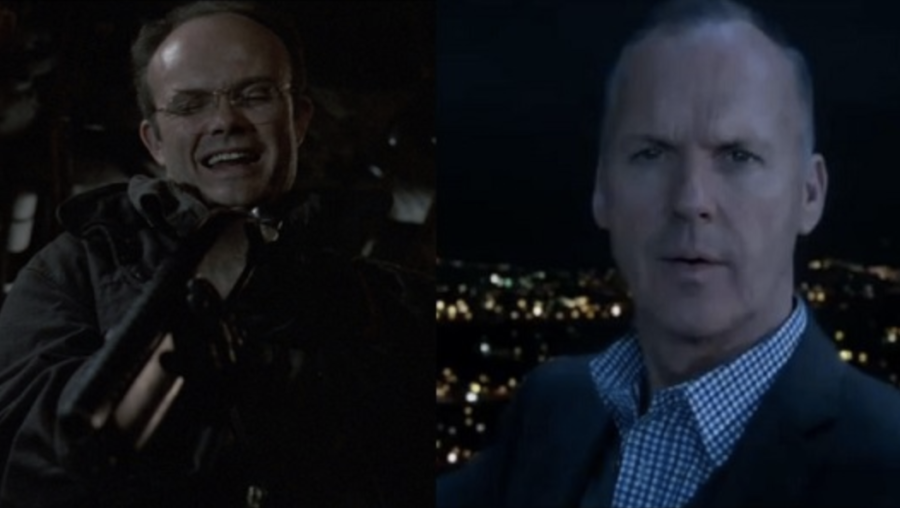
Are you fucking kidding me? Kurtwood Smith’s Clarence Boddicker is a corporate-sponsored maniac with the ability to get his hands on weapons that can easily put down entire buildings.
With his protected stance and inability to not explode things, Boddicker would already be well ahead in this RoboCop comparison, but he’s got a band of merry lunatics whose gun blasts are often overshadowed by their cackles. Entire armies would fear these guys.
Perhaps due to the PG-13 rating, Padilha & Co. didn’t bother with creating a ruthless contemporary for Boddicker and instead turned its villain focus on the untouchable man in control of OmniCorp, but Michael Keaton’s Sellars spends much of the film’s runtime as the guy trying to get things done.
He doesn’t exactly stick to a set of ethical guidelines in getting RoboCop made and promoted, but all the audience gets to see is Sellars making decisions rather than actually getting shit done. Jackie Earle Haley’s character is the guy who actually antagonizes RoboCop throughout the film, and most of his physical confrontations happen with machines.
The Winner: No shit, it’s Clarence Boddicker.
Don’t get me wrong, I really dig watching Keaton play the ego-driven bucket of slimy smarm, but Ronny Cox already played that guy in the original.
The Action: Blood vs. Drone
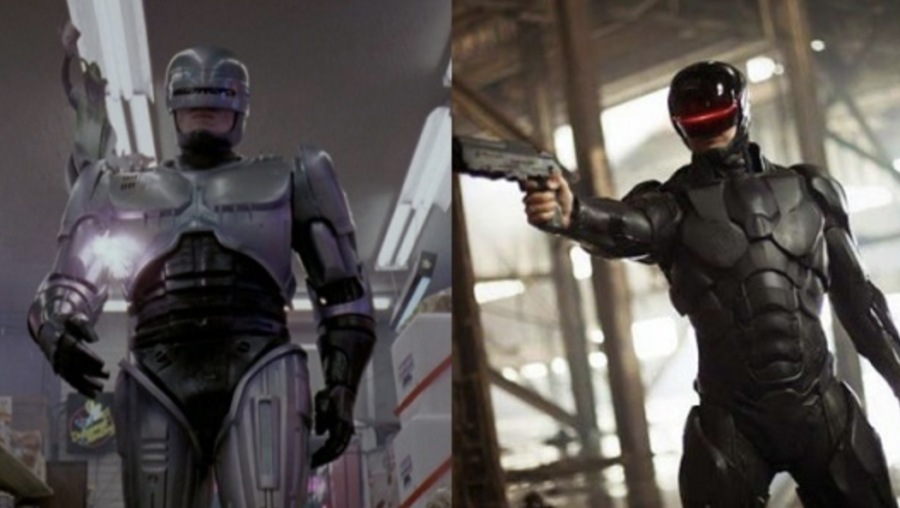
Here, it’s obvious how important the film’s rating was. Had this been a question of which film had the better approach to violence and which one was more suited for philosophical conversation, I’d go with the modern version. But if we’re just talking straight-up action, there is no contest.
It’s almost unfair, as Verhoeven’s RoboCop is widely considered one of the most violent action movies ever, but action films have largely traded in buckets of blood for choreographed combat and giant explosions. And Padilha directed two of the most action-packed films of the last decade: 2007’s Elite Squad and its 2010 sequel Elite Squad: The Enemy Within.
So it’s fine that Kinnaman’s Alex Murphy didn’t magically arrive at the scene of a gas station gas burglary and that no toxic waste was used in the remake. But the action scenes are spaced out so far apart and often just contain RoboCop shooting tasers at humans and bullets at other robots.
Plus, most of the gunplay scenes look as if the camera was being operated by a washing machine agitator.
The Winner: Blood! Rated R! Gore!
No film needs to be as violent as the original RoboCop, but no film should be as neutered as the Hallmark Channel edit of the original RoboCop.
The Final Winner: The Original
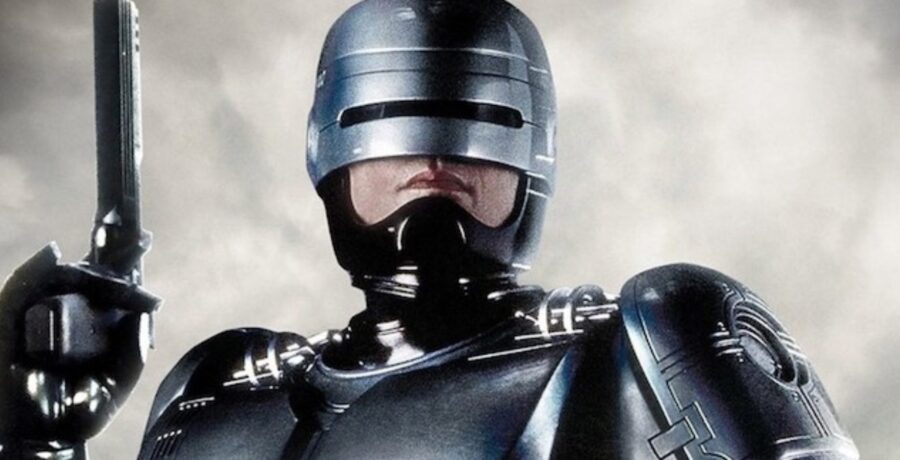
I really wish I’d felt more enthused by Padilha’s film, which was a fairly strong start for sci-fi 2014. In trying to make their lead character more human, just about everything else was sacrificed. I recommend seeing it at some point in your life, but never while Verhoeven’s film is playing on cable or in a DVD case somewhere in your house.













